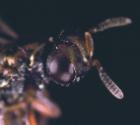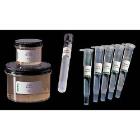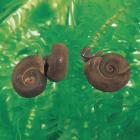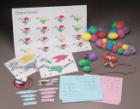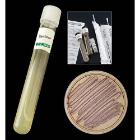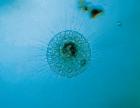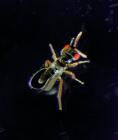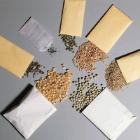You Searched For:
420 results were found
Cabinets
Description:
This harmless insect parasitizes the Sarcophaga (flesh fly) pupae. Females usually lay 30–50 eggs in the pupae, which provide food for the Nasonia lar...
Description:
Diatoms (Large)
Catalog Number:
(470179-666)
Description:
Saprolegnia ferax
Catalog Number:
(470176-258)
Description:
Planorbids, mixed genera. Compare these attractive, spiral-shelled, herbivorous freshwater specimens with other snails. They will eat aquarium plants
Description:
Isolated from human nasopharynx, saliva, and sputum. Spontaneously agglutinates in saline.
Description:
Microscopy tool to estimate size and counts.
Description:
Cool and colorful dragons liven up genetics lessons.
Catalog Number:
(470179-190)
Description:
Produces a violet color that diffuses through agar growth medium. Anti–bacterial, anti–fungal, anti–viral activities. Branching vegetative mycelium.&n...
Catalog Number:
(470179-108)
Description:
All microbial cultures undergo an extensive quality control program prior to releasing for sale, so they are guaranteed for purity as well as for spec...
Catalog Number:
(470176-356)
Description:
With stiff 'arms' radiating in all directions, these microscopic organisms look like sea urchins
Description:
This filamentous cyanobacteria is comprised of heterocysts and akinetes that are terminally located on the filament.
Catalog Number:
(470004-172)
Description:
Investigate a unique reproductive system.
Catalog Number:
(470179-168)
Description:
Isolated from the alimentary tract of cows. Lancefield group D, gamma hemolysis. May be pathogenic in humans.
Catalog Number:
(470030-294)
Description:
Ideal For Monocot And Dicot Studies
Catalog Number:
(470176-694)
Description:
Specially Prepared 'Real-Life' Combinations
Catalog Number:
(470180-216)
Description:
Our Most Comprehensive Selection of Algae and Protozoans
Inquire for Price
Stock for this item is limited, but may be available in a warehouse close to you. Please make sure that you are logged in to the site so that available stock can be displayed. If the
Stock for this item is limited, but may be available in a warehouse close to you. Please make sure that you are logged in to the site so that available stock can be displayed. If the
This product is marked as restricted and can only be purchased by approved Shipping Accounts. To apply for a shipping account number, click here. If you need further assistance, call Customer Service at 800-962-2660 or email [email protected].
-Additional Documentation May be needed to purchase this item. A VWR representative will contact you if needed.
This product has been blocked by your organization. Please contact your purchasing department for more information.
The original product is no longer available. The replacement shown is available.
Limited quantities of this product are available. To check availability or place an order, call Customer Service at 800-962-2660 or email [email protected].
|
|||||||||





